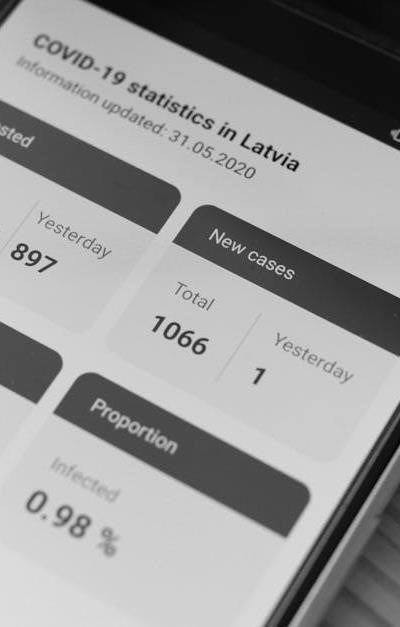
I. Establishing a Robust Data Governance Framework
Data Governance & Standardization
To consistently achieve a validation rate exceeding 90%‚ a strong
data governance framework is paramount. This begins with clearly
defined ownership of data quality – identifying individuals
accountable for the accuracy and integrity of specific
datasets; Standardization is key; implement uniform data
definitions‚ formats‚ and naming conventions across the organization.
This minimizes ambiguity and facilitates effective data management.
Establish documented best practices for data entry‚ modification‚
and deletion. These guidelines should be readily accessible and
enforced consistently. Consider a centralized data dictionary to
serve as a single source of truth for all data elements. This
promotes data accuracy and reduces the potential for conflicting
information. A well-defined workflow for data changes is also
critical‚ ensuring proper authorization and version control;
Compliance & Audit Trails
Compliance with relevant regulations (e.g.‚ GDPR‚ HIPAA) is not
only a legal requirement but also a cornerstone of data integrity.
Your data governance framework must explicitly address these
requirements. Crucially‚ implement comprehensive audit trails
to track all data modifications‚ including who made the change‚ when‚
and why. These trails are essential for root cause analysis
should issues arise and demonstrate due diligence during audits.
Regularly review and update your data governance policies to
reflect evolving business needs and regulatory changes. This
demonstrates a commitment to continuous improvement and
maintains the reliability of your data. A robust framework
reduces the error rate and builds trust in your data assets‚
ultimately contributing to improved customer satisfaction and
enhanced operational excellence.
Achieving a 90%+ validation rate demands robust data governance.
Define clear ownership for data quality‚ assigning accountability
for accuracy and integrity. Standardization is vital:
implement uniform data definitions‚ formats‚ and naming conventions.
This minimizes ambiguity and streamlines data management processes.
Document best practices for data handling – entry‚ modification‚
deletion – making them easily accessible. A centralized data dictionary
acts as a single source of truth‚ boosting data accuracy and
reducing conflicts. Establish a defined workflow for data changes‚
ensuring proper authorization and version control. Consistent application
of these standards is key to minimizing the error rate.
A 90%+ validation rate hinges on strict compliance with
relevant regulations (e.g.‚ GDPR‚ HIPAA). Integrate these requirements
into your data governance framework. Implement comprehensive
audit trails to meticulously track all data modifications – who‚
when‚ and why. These trails are crucial for root cause analysis
and demonstrate due diligence during audits‚ bolstering data integrity.
Regularly review and update policies to adapt to evolving needs and
regulations‚ showcasing a commitment to continuous improvement.
This maintains data reliability and reduces the error rate.
Strong audit trails and compliance measures build trust‚ enhancing
operational excellence and ultimately‚ customer satisfaction.
II. Implementing Proactive Data Validation Strategies
Validation Rules & Data Cleansing
Achieving a 90%+ validation rate demands proactive data
validation. Implement robust validation rules at the point
of data entry to prevent errors before they occur. These rules should
enforce data type‚ format‚ range‚ and consistency checks. Prioritize
data cleansing to identify and correct inaccuracies in existing
datasets. This includes de-duplication‚ standardization‚ and
handling missing values.
Develop a tiered approach to validation‚ starting with simple checks
and progressing to more complex rules. Regularly review and refine
these rules based on observed error patterns. Consider using
reference data to validate against known good values‚ improving data
accuracy and data integrity. A consistent validation
process is vital for maintaining high data quality.
Automation & Efficiency
Leverage automation to streamline the validation process
and improve efficiency. Automated validation tools can
perform checks in real-time‚ reducing manual effort and minimizing
delays. Integrate validation rules into your existing systems and
applications. This ensures that data is validated consistently
across the organization. Automated data cleansing routines can
also significantly reduce the error rate.
Explore the use of machine learning algorithms to identify and
flag potentially invalid data. These algorithms can learn from
historical data and adapt to changing patterns. By automating
validation and cleansing tasks‚ you free up valuable resources to
focus on more strategic initiatives‚ driving process improvement
and enhancing operational excellence.
V. Achieving Operational Excellence Through Data Quality
Achieving a 90%+ validation rate demands proactive data
validation. Implement robust validation rules at the point
of data entry to prevent errors before they occur. These rules should
enforce data type‚ format‚ range‚ and consistency checks. Prioritize
data cleansing to identify and correct inaccuracies in existing
datasets. This includes de-duplication‚ standardization‚ and
handling missing values. A key aspect is defining acceptable
ranges for numerical data and utilizing lookup tables for
categorical fields‚ bolstering data accuracy.
Develop a tiered approach to validation‚ starting with simple
checks and progressing to more complex rules. Regularly review and
refine these rules based on observed error patterns. Consider using
reference data to validate against known good values‚ improving
data integrity. Employ pattern matching for fields like email
addresses and phone numbers. A consistent validation process
is vital for maintaining high data quality‚ reducing the
error rate and ensuring reliable reporting.




This is a solid foundation for anyone aiming to improve data validation! I particularly appreciate the emphasis on documented best practices and a centralized data dictionary – those are often overlooked but incredibly impactful. Don